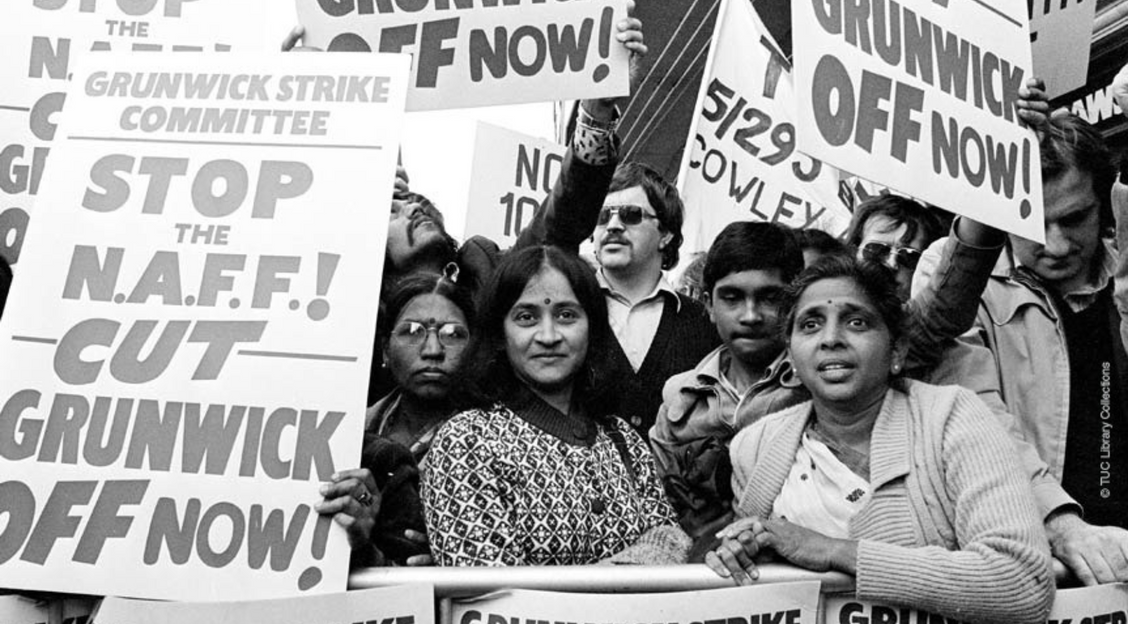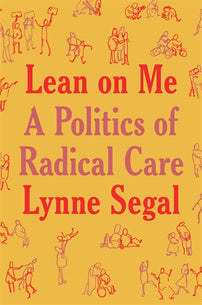Leftists of one form or another
Lynne Segal considers the conflicts rumbling within second wave feminism in the 1970s, not least Selma James’ disruptive Wages for Housework campaign.

From the beginning of the second wave feminist movement we had talked about multiple oppressions, knowing that some women were far more privileged, secure, or assertive than others. However, this did not in itself uncover the various ways in which race, class, gender, sexuality, ethnicity, nationality, education, disability, and age operate as reciprocally constructing phenomena, creating distinct experiences, ways of belonging, or exclusion. By the close of the 1980s Black feminist scholars had introduced the notion of ‘intersectionality’, or the ‘matrix of domination’, following the work of theorists such as Kimberlé Crenshaw and Patricia Hill Collins. What was needed at every level was greater attentiveness to power relations and social inequalities between women.
If patriarchy normalizes men’s power and hides their invisible dependence upon women, other hierarchies of domination similarly conceal the unspoken dependence of white or affluent people on those they dominate. In that sense, intersectionality can be seen as affirming our traditionally hidden and hierarchical co-dependencies. It also tells us, of course, as socialist feminists had always understood, why a purely feminist perspective could never encompass all aspects of domination, any more than a purely socialist dimension had been able to theorize all aspects of gender or race oppression.
There was also contention around women’s relation to the state. Socialist feminists were quite likely to be working in welfare-related jobs of one kind or another, often part of or funded by the state. Nevertheless, we knew that from its inception the welfare state was at the service of a patriarchal capitalist system, reliant upon women’s unpaid or underpaid labour, even as feminists tried to wrest more resources from it to assist us in mitigating women’s particular disadvantages. It was fears of reformist ‘co-option’ to conventional paternalistic state traditions that made some feminists wary of accessing state funds, which is why there was such a stress on grassroots, democratic control over resources, as well as on collective ‘self-help’ – where we could rely upon each other, hopefully on a more equal footing.
Another perpetual source of conflict rumbling within socialist feminism emerged in 1972, when Selma James and her followers circulated a pamphlet critical of trade union struggles as divisive for women and demanding ‘Wages for Housework’ (WFH). They reiterated this singular call vociferously at every subsequent feminist gathering they attended, despite always meeting overwhelming opposition.
For multiple reasons, the content and style of the Wages for Housework campaign jarred with both the favoured collective practices and the dominant political goals of most feminists. It sidelined our struggle both for shorter working hours without loss of pay and for men’s equal participation in domestic responsibilities. It ignored demands for affordable nurseries and other welfare benefits and resources to support anyone engaged in caring work, whatever their relation to those in need of care.
In fact, Wages for Housework showed little interest in joining any of our campaigns, although they always correctly stressed the significance of women’s unwaged work, while organizing with the most stigmatized women, beginning with demands to decriminalize sex work. Most conflictual of all, however, was the vanguardist, hectoring approach of WFH activists, who had no interest in listening, but only in asserting their single answer for everything.
So, we had serious differences, but whatever our strategic priorities, working collectively for change on so many fronts meant that our feminism was never primarily a movement for women’s individual rights. Indeed, we tended to downplay any personal status we might have acquired. Testifying to the public impact we made back then, several well-known men of the left, including the New Left eminence Herbert Marcuse in the US and André Gorz and Alain Touraine in France, were now announcing – just as we hoped – that it was the women’s liberation movement that was showing the way forward for socialism.
There were parallels in the United States. The late New York writer and journalist Ellen Willis recalled that most feminists in the early 1970s considered themselves ‘leftists of one form or another’, although other American friends suggest that the absence of a strong labour movement made this attachment less significant than in Britain at the time.
Here, feminists could regularly be found on picket lines, especially where female workers were involved. One of my most exciting memories from that time is heading out to Brent in North London to join the Grunwick picket line. Grunwick proved to be one of the longest and most thrilling strikes of the late 1970s, initiated by largely East African and South Asian women workers in protest over low pay and degrading conditions at the Grunwick photo processing plant. Headed up by the remarkable Mrs Jayaben Desai, it gained huge support, with at times tens of thousands of feminists, trade unionists, and activists of every stripe swelling that picket line. ‘The strike is not so much about pay, it is a strike about human dignity’, Mrs Desai emphasized.
The strikers held out for nearly two years before being finally defeated. And I recall to this day being squashed up with friends against police shields or pushed back against garden walls. Feminist friends from outside London remember waiting excitedly for buses to drive them down to Brent. These were high points of solidarity for us, but they also signified a shift in trade union priorities, supporting women who in the past they would have largely ignored.
— An edited excerpt from Lean on Me: A Politics of Radical Care by Lynne Segal
[book-strip index="1" style="buy"]
